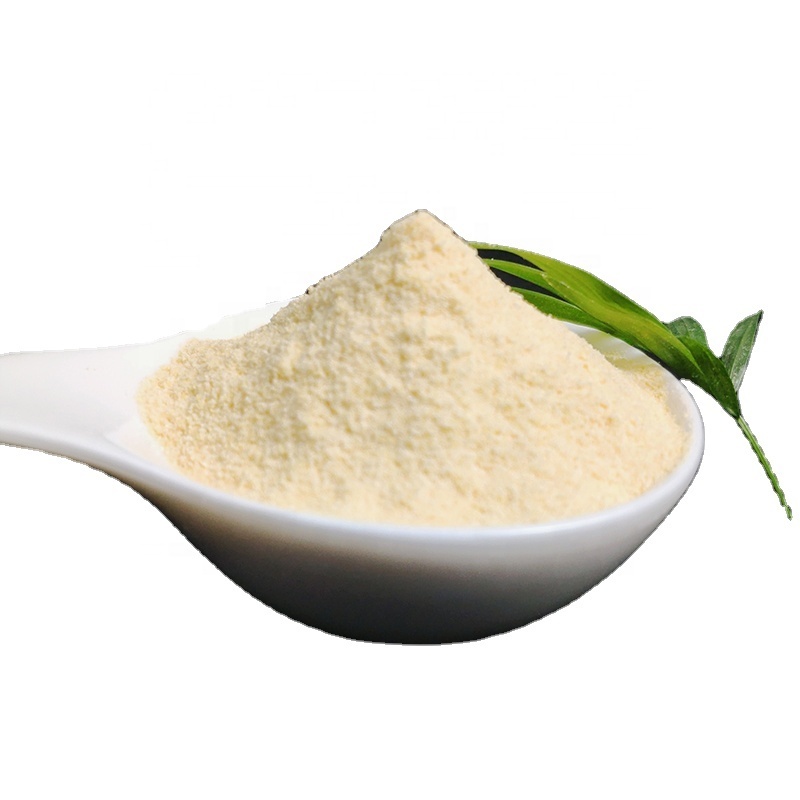-
Categories
-
Pharmaceutical Intermediates
-
Active Pharmaceutical Ingredients
-
Food Additives
- Industrial Coatings
- Agrochemicals
- Dyes and Pigments
- Surfactant
- Flavors and Fragrances
- Chemical Reagents
- Catalyst and Auxiliary
- Natural Products
- Inorganic Chemistry
-
Organic Chemistry
-
Biochemical Engineering
- Analytical Chemistry
-
Cosmetic Ingredient
- Water Treatment Chemical
-
Pharmaceutical Intermediates
Promotion
ECHEMI Mall
Wholesale
Weekly Price
Exhibition
News
-
Trade Service
Since June, although international oil prices have fluctuated, it is still difficult to retreat
from the "high fever".
On June 6, New York light crude oil futures for July delivery and London Brent crude oil futures for August delivery both briefly broke through the $120 per barrel integer mark
.
Light crude for July delivery fell $0.
37 to settle at $118.
50 a barrel on the New York Mercantile Exchange as of the close of the day, while London Brent crude for August delivery fell $0.
21 to settle at $
119.
51 a barrel.
In the past few weeks, international oil prices have once again shown a sharp upward trend, from about $100 per barrel to around $120 per barrel today, a new high since March; The Russia-Ukraine conflict has become a "booster"
for rising oil prices.
The unresolved state of the Russia-Ukraine conflict has led to multiple rounds of sanctions on Russia, affecting the supply of
Russian crude oil.
This month, Europe and the United States have increased sanctions against Russia again: on June 2, after several rounds of negotiations, the EU officially adopted the sixth round of sanctions against Russia, the most interesting of which is to ban ninety percent of Russian oil imports
by the end of the year.
According to the sanctions plan, the EU will gradually stop member states from purchasing Russian crude oil by sea in the next 6 months, and stop importing Russian refining products by sea in the next 8 months; However, landlocked countries such as Hungary, which are more dependent on Russian energy, will temporarily be exempted from
importing Russian crude oil through land pipelines.
EU oil imports from Russia are expected to fall by more than 90%
by the end of 2022.
In addition, EU officials have said that EU companies will stop insuring
Russian ships that transport oil to other countries.
Analysts said that the European and American sanctions have destabilized the energy market and led to a reduction in the supply of crude oil markets, which has contributed to the rise in international oil prices
.
Russian crude oil production accounts for 10% of the global crude oil supply, exports of 5 million barrels / day, if the world loses this part of the Russian crude oil supply, the supply and demand pattern will be greatly affected, supply and demand serious imbalance
.
Under multiple rounds of sanctions against Russia, the proportion of Russian crude oil exports to Europe and the United States has fallen
sharply.
Russia's crude oil and product exports were 8.
1 million b/d in April, up 620,000 b/d from March and unchanged
from the January-February average, the data showed.
Russia's oil trade flows have shifted, with exports to Europe falling from 50% to 42%, exports to the UK and the US from 9% to zero, and exports to India and Turkey rising
.
Although OPEC has recently decided to increase production, this may have a limited
effect on pulling down oil prices.
On June 2, OPEC+, which includes 23 member countries, decided at the meeting to increase crude oil production in July and August by 648,000 bpd, a 50%
increase from the previous plan of 432,000 bpd.
This is seen as a positive endorsement
of the requests made by Europe and the United States.
Previously, Saudi Arabia has rejected the request
of the United States, the United Kingdom and other Western countries to increase oil production.
Saudi Arabia has believed that the current high oil prices are mainly due to political factors brought about by the geopolitical crisis, which has nothing to do
with the supply and demand fundamentals of the crude oil market.
But as relations between the U.
S.
and the Saudi government warmed, the Saudi side finally agreed to accelerate production
increases.
However, with the exception of Saudi Arabia, the United Arab Emirates and Iraq, there is very little remaining production in other countries, resulting in a relatively limited increase in OPEC+ production even as crude oil production quotas are growing.
Therefore, from a practical point of view, most countries in the "OPEC+" have insufficient spare capacity, and the target of 648,000 b/d of production increase in July and August may not be met
.
From the demand side, a slowdown in global growth could weigh on demand, which could help stabilize oil prices
.
OPEC's latest May Oil Market Monthly Report argues that the average daily demand for world oil will grow by 5.
7 million barrels in 2021, and the average daily demand for world oil demand is expected to slow to 3.
4 million barrels in 2022, down 300,000 barrels from last month's estimate, of which the average daily demand for OECD oil in 2022 will increase by 1.
8 million barrels and the non-OECD oil demand in 2022 will increase by 1.
6 million barrels
.
Global oil demand is expected to grow by an average of 2.
8 million barrels per day in the second quarter of 2022, compared to 5.
2 million barrels
in the first quarter.
Global oil demand is expected to be affected by continued geopolitical developments in Eastern Europe and the pandemic in 2022
.
However, with the arrival of summer, Europe and the United States are entering the peak period of summer driving trips, and it is difficult for oil prices to fall
sharply in the short term.
In order to ease the tension in the crude oil market, the Biden administration and the International Energy Agency will release 60 million barrels of oil reserves in the next few months, and the United States will release another 180 million barrels of oil reserves
in six months.
The data shows that the US government has recently released more than 5 million barrels of strategic oil reserves, but the effect of calming oil prices is quite limited
.
Under high oil prices, the number of shale oil rigs in the United States continues to rise, but the recovery rate is relatively not very fast
.
The data shows that the seller's market expects capital expenditures for shale oil companies to be $51 billion in 2022 and $38.
3 billion in 2021, an increase of 33%.
Capital spending in 2022 remains below the $63.
8 billion in 2019 before the pandemic.
Overall, the recent OPEC production increase is less than expected, driven by EU sanctions against Russia and strong demand for refined oil, oil prices will continue to fluctuate in
the future.
Russian Urals crude oil shipments continued to rise in March and April, at 1.
79 million b/d and 2.
29 million b/d, respectively, with shipments slipping slightly to 2.
06 million b/d
in May, according to the data.
At present, Russian crude oil exports have not been affected, and the impact of US and European sanctions is not large for the
time being.
However, the market is still worried that with the expansion of European and American sanctions against Russia, Russian crude oil exports will be greatly affected
in the later stage.
Therefore, in terms of market sentiment, European and American sanctions against Russia will still form a geopolitical premium support for oil prices, and the strength of support depends on the strength
of Russia's actual production cuts and export declines.
On the contrary, if the situation in the Russia-Ukraine conflict is stabilized and the supply of Russian oil is not affected, then the risk premium of this part of the oil price will quickly disappear
.







